Do you have issues with joint pain, muscle and tendon pain, numbness and tingling, aching, burning, random sharp pains in the fingers, hands, wrists, forearms and shoulders?
Or perhaps you have no specific injury that you can remember, but are experiencing fatigue during or after muscle use, feeling a lack of coordination or control with your movements or when you perform simple tasks such as bathing, dressing, holding a book, making a light meal, or even general brain fog.
Though these symptoms could apply to many different problems, they are some of the same statements we hear from clients when they have a Hypermobility Spectrum Disorder (HSD) or Ehlers Danlos Syndrome (EDS).
As a certified hand therapist (CHT), I’ve also heard clients say things like, “I’ve always been double jointed, and I used to think it was funny, or a great party trick to show people that I could do this.”
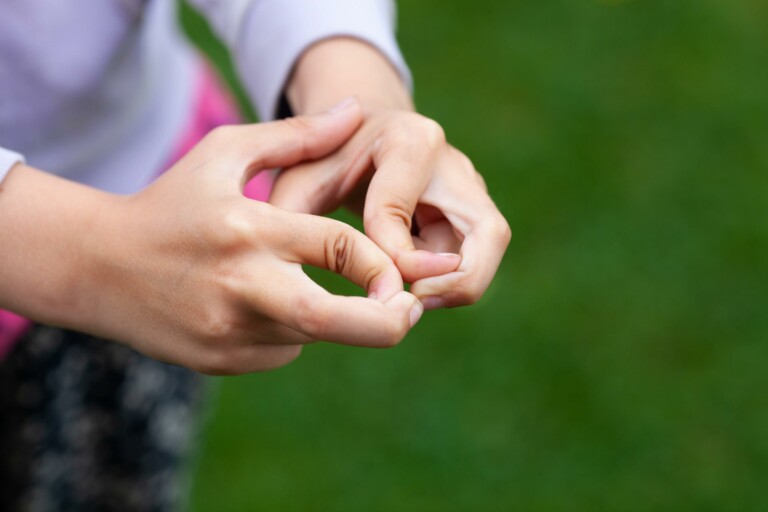
If you’ve experienced these challenges or relate to any of these statements, you might wonder what you can do to address your symptoms or condition.
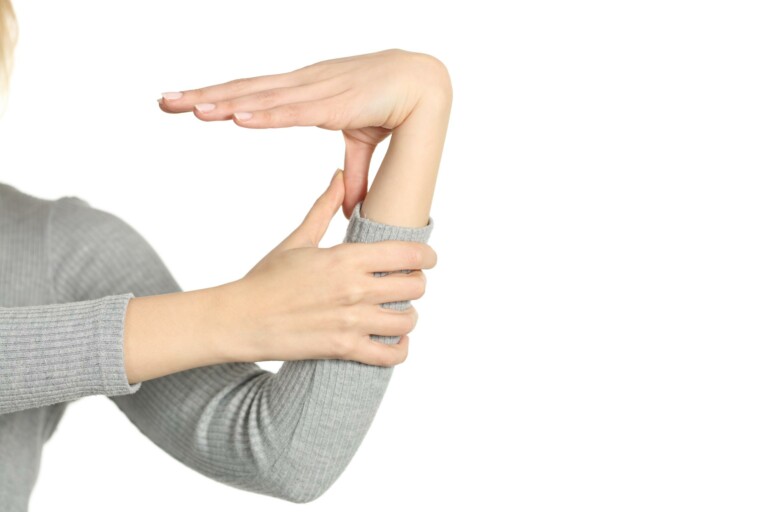
If you have NOT been working with a doctor, (primary care physician, rheumatologist, orthopedist) and already crossed off many of the possibilities for the symptoms on your list, then you should begin there.
If you have already taken that step and you are trying to narrow down a source or cause within the HSD and EDS categories, there are some specific things you can do together with your medical team.
How do I know if I have HSD or EDS?
The Beighton Scoring System
This popular assessment is a simple way to screen for generalized joint hypermobility. Utilizing a 9-point joint mobility scale based on five maneuvers, the Beighton Scoring System measures the joint angle of both little/pinky fingers, both thumbs, both elbows, both knees and the spine for a total possible point accumulation of 9. Many researchers consider a score of 0-3 points as normal and 4-9 as generalized joint laxity.
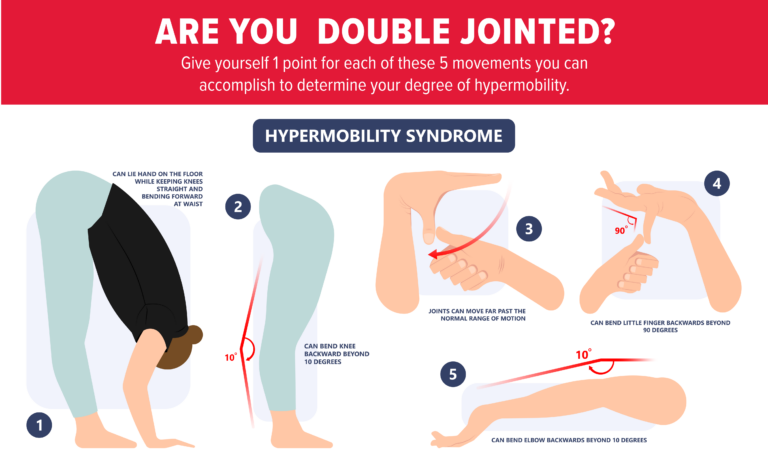
Criterion Tests
A diagnostic checklist for doctors across all disciplines to assess and diagnose Hypermobile Ehlers-Danlos Syndrome (hEDS). The International Consortium on Ehlers-Danlos Syndrome & Related Disorders defines three criterion, including the Beighton Score and other physical tests focused on the skin and connective tissues in the body.
Genetic Testing
If you have EDS, most forms will appear in genetic testing. EDS affects the connective tissue throughout a person’s body and increases the elasticity of their structures. If you do not have a positive genetic response, your issues may fall under the category of HSD (Hypermobility Spectrum Disorders).
Physical therapy for HDS and EDS
A person can have many joints with hypermobility (ligaments that naturally did not tighten and retain a higher degree of flexibility). Or someone may have only specific joints that are hypermobile, and they may or may not have pain that develops.
If pain affects the hands, it affects most aspects of our lives. Our hands are one of the main avenues we use to interact with our world and each other.
When hand, wrist, or elbow pain does occur, doctors often refer their patients to a certified hand therapist (CHT).
A CHT can evaluate your tissue in detail and help determine what type of treatment can assist with your symptoms and tissue problems. If they are concerned that many other areas of joint or soft/connective tissue is affected, they will direct you to other doctors or physical therapists who can provide additional support in your journey.
If the problems you are having are only in the hands, wrists and elbows, and involve specific joints only, a CHT can develop a customized program for you that will address your unique situation while assisting with pain management, increasing strength and stability, as well as position training for all the activities you perform every day.
They can also help with any orthotics you may need to help stabilize your joints during specific tasks or exercises.
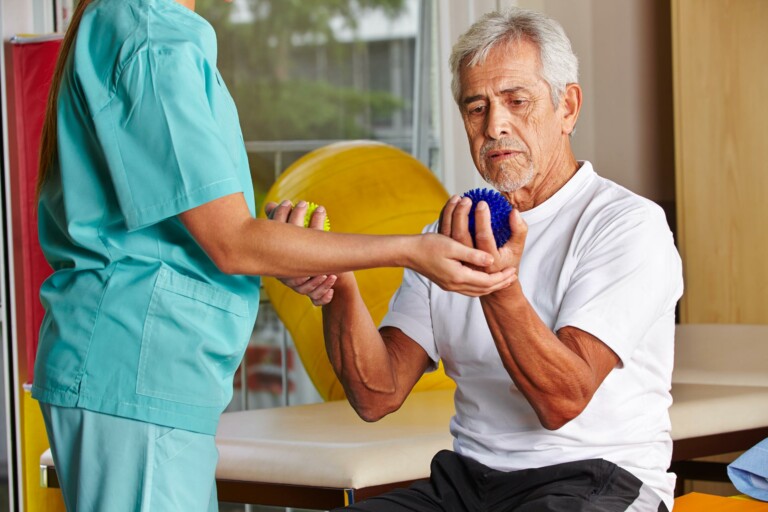
Strength Ball Isometrics
One of the first hand-stabilizing exercises we like to use in our clinic involves a ball that is slightly under-inflated.
- Grip opposite sides of a partially deflated ball.
- Keep fingers and thumb curved, wrists straight, and elbows under shoulders.
- Press fingers into ball with palms, wrists, and forearms pressing toward each other.
- Hold for up to one minute as you are able, resting 15-30 seconds (or more if needed) and aim to perform 3 reps, 3 times a day.
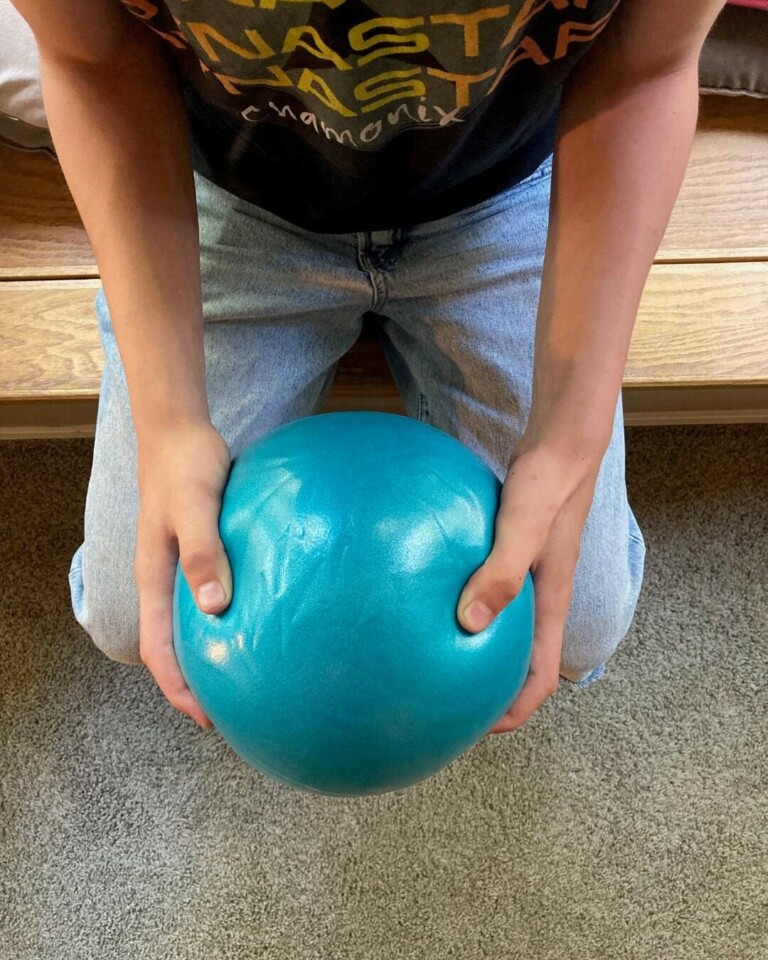
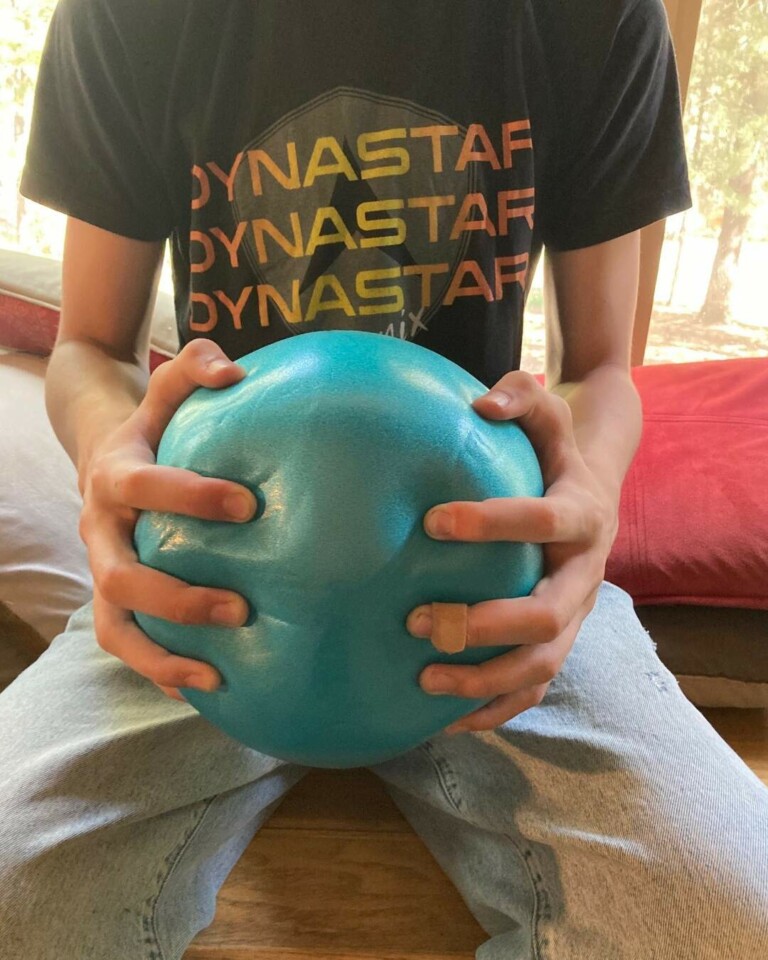
HSD and EDS can be frustrating. It can be a long process to identify all of the issues and get the help that is needed. The goal is to not give up. Keep talking with your medical team and seeking the help you need. There is hope to gain more control over the symptoms and manage the issues with confidence.

Certified Hand Therapy
A Certified Hand Therapist is an occupational or physical therapist who has a minimum of three years of clinical experience including 4,00 hours or more in direct practice with hand therapy and has passed a comprehensive exam of advanced clinical skills and theory in upper extremity rehabilitation.

